Schedule a Call Back
Why does surface finishing matter in metal 3D printing?
 Articles
Articles- Aug 10,21
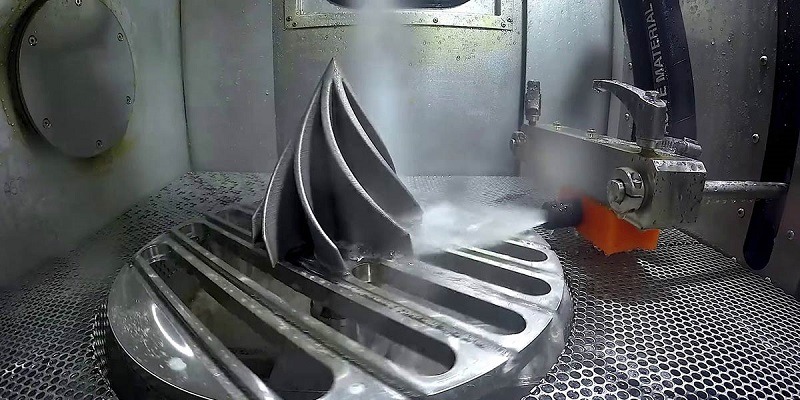
Related Stories
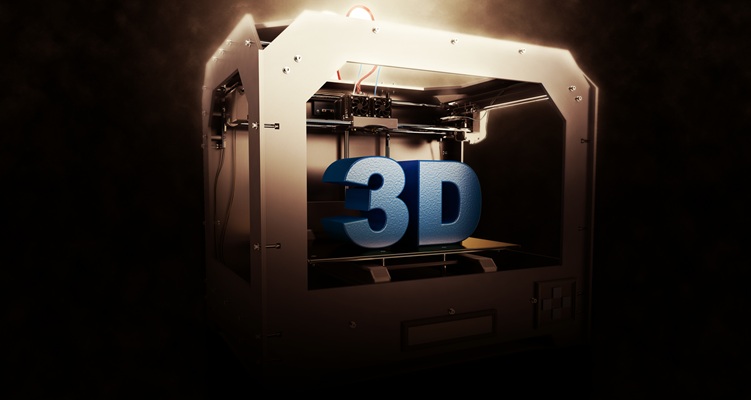
Rare crystal shapes yield stronger 3D-printed metal parts
Quasicrystals, which were previously considered a myth, are now replicable for large-scale industrial applications. Stakeholders must support investments in 3D printing technologies and continued re..
Read more
How can automation reduce waste in wood manufacturing?
Automation is enabling wood manufacturers to cut waste, improve consistency, and boost productivity by addressing material variability, enhancing finishing processes, and increasing precision in fab..
Read more
Ace Designers is targeting $1 billion by 2029: T K Ramesh
In this exclusive interview with Rakesh Rao, T K Ramesh, MD, Ace Designers Ltd, speaks about opportunities in India’s manufacturing sector, challenges facing the machine tool industry, and the com..
Read moreRelated Products
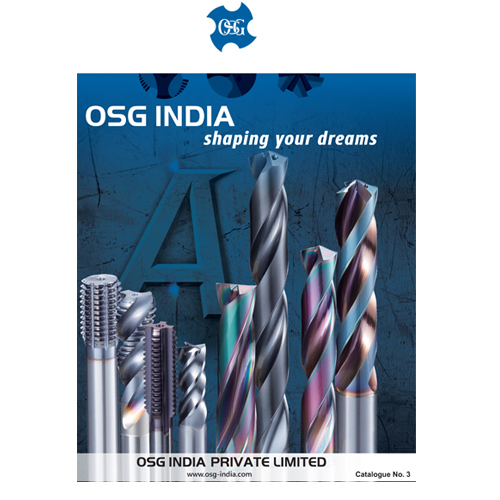
Precision Cutting Tools1
S S Trading Corporation offers a wide range of precision
cutting tools.
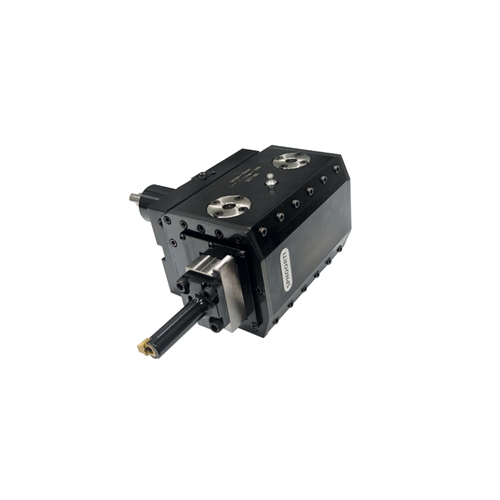
Slotting Head Unit for All Cnc Turn Mill Centers
Sphoorti Machine Tools Pvt Ltd offers a wide range of
slotting head unit for all CNC turn mill centers.
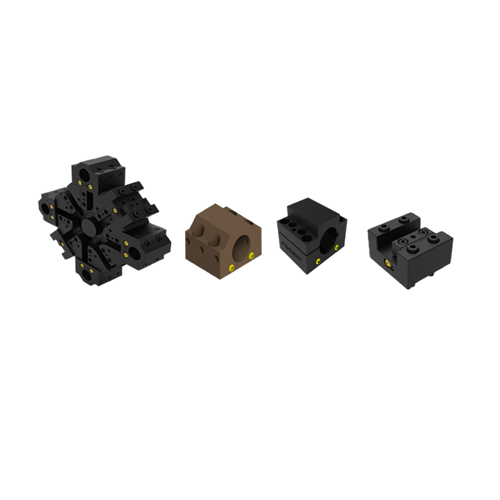
Slotted Tool Disc and Tool Holders
Prominent Machine Tools offers a wide range of slotted tool disc and tool holders.
















